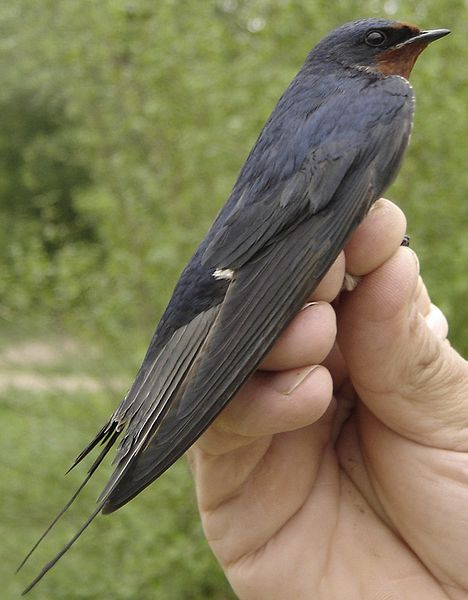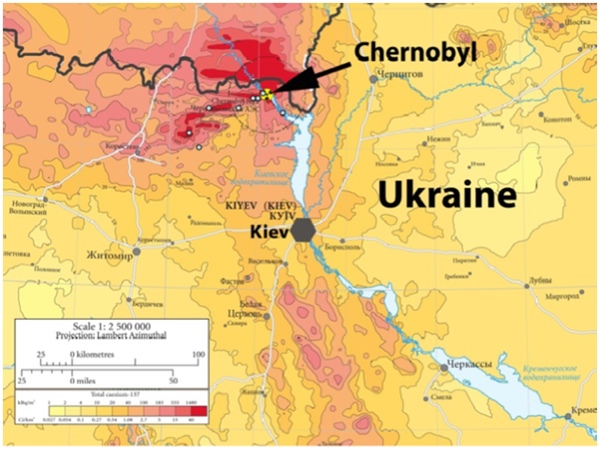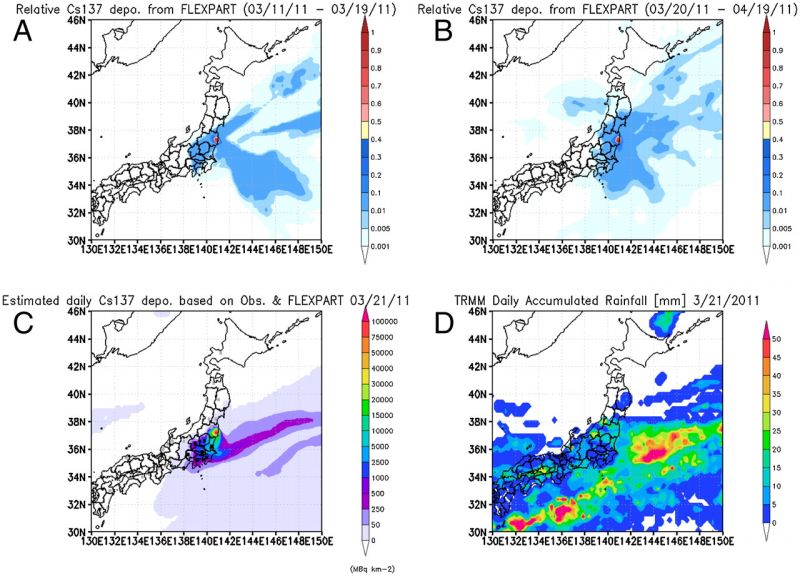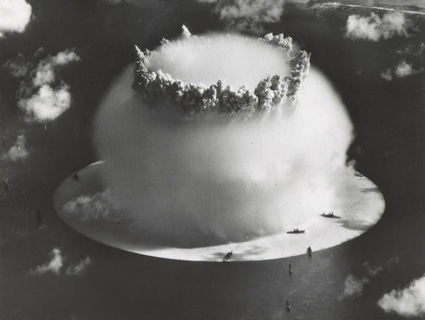
Young male barn swallow.Credit: Aelwyn via <a href="http://commons.wikimedia.org/wiki/File:Hirundo_rustica_young_male_spring_NRM.jpg">Wikimedia Commons</a>.
A new study in PLoS ONE finds that three decades after Chernobyl’s nuclear disaster, things just get stranger and stranger.
Between 2006 and 2009 the authors* of this study used mist nets to capture birds in Chernobyl’s nasty zone. They found that age ratios were skewed towards yearlings birds—meaning older birds were dying—especially in the most contaminated areas.
Which implied that bird populations were only being maintained by immigration of young birds from uncontaminated areas nearby.
Equally alarming:
- Higher rates of mortality in female birds led to a sex ratio strongly skewed towards males in the most contaminated areas.
- These males then sang disproportionately more frequently, presumably because they had difficulty finding and acquiring mates.
- The results were not caused by permanent emigration by females from the most contaminated areas.
The authors write that their findings are consistent with the hypothesis that the adult survival rate of female birds is particularly susceptible to the effects of low-dose radiation, resulting in male skewed sex ratios at high levels of radiation:
Such skewed age ratios towards yearlings in contaminated areas are consistent with the hypothesis that an area exceeding 30,000 km2 [11,500 square miles] in Chernobyl’s surroundings constitutes an ecological trap that causes dramatic excess mortality.
How creepy is that? Vibrant bird song as a sign of death and destruction.
 Background radiation (mSv/h) in the Chernobyl region and location of study sites. Adapted from European Union: Credit: Anders Pape Møller et al. PLoS ONE. DOI:10.1371/journal.pone.0035223.
Background radiation (mSv/h) in the Chernobyl region and location of study sites. Adapted from European Union: Credit: Anders Pape Møller et al. PLoS ONE. DOI:10.1371/journal.pone.0035223.
*I wrote about an earlier paper from members of this team regarding Fukushima’s birds here .
The open-access paper:
- (2012) Elevated Mortality among Birds in Chernobyl as Judged from Skewed Age and Sex Ratios. PLoS ONE 7(4): e35223. doi:10.1371/journal.pone.0035223











